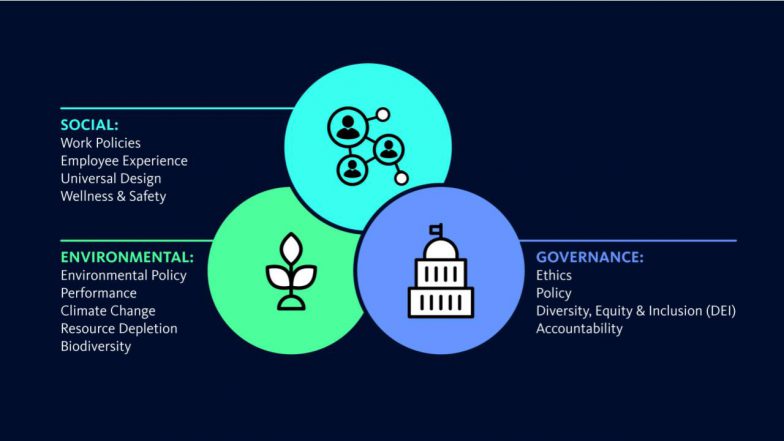Summary
Designing for new forms of governance for well-being involves shifting from an economic model focused solely on GDP growth to one that prioritizes human and ecological health. This emerging field integrates diverse approaches, such as participatory democracy, adaptive governance, and a “well-being economy,” to create systems that are more equitable, resilient, and responsive to the public good.
Source: Gemini AI Overview
About
Foundational concepts for well-being governance
- Well-being economy (WE): This public policy framework designs an economy to serve social, health, equity, and nature outcomes, rather than just material growth. It involves shifting priorities in budgeting and policy based on well-being indicators.
- Wellbeing Economy Governments (WEGo): A network of countries, including Scotland, Iceland, Finland, Wales, and New Zealand, that have committed to designing and implementing well-being economies.
- Participatory governance: This approach involves the public, civil society, and other stakeholders in collective decision-making processes.
- Participatory budgeting: A mechanism where citizens directly decide how to allocate a portion of a public budget. Studies in countries like Brazil show that it can lead to higher social spending, though the long-term impact on well-being varies based on program design.
- Adaptive governance: This model emphasizes the need for governance systems to continuously learn and respond to new knowledge and environmental changes. This is crucial for addressing complex, uncertain challenges like climate change and public health crises.
- Transformative governance: This approach aims for a fundamental, radical shift in the structures and processes of a system, moving toward greater sustainability and justice.
Source: Gemini AI Overview
Key design principles
Source: Other
- Move beyond GDP: Replace or supplement traditional economic metrics like Gross Domestic Product with comprehensive well-being indicators that measure societal and ecological health. Examples include Australia’s national well-being framework and Scotland’s National Performance Framework.
- Shift power and involve communities: Design with, not for, communities. This means moving beyond basic engagement methods to co-designing solutions alongside those who are directly affected.
- Encourage multi-level and cross-sectoral collaboration: Well-being issues are complex and require breaking down traditional silos between government agencies, businesses, and civil society. This involves fostering coordination and adaptive strategies at local, national, and global levels.
- Ensure equity: Design policies with equity criteria to ensure resources are directed toward historically underserved and marginalized communities. Data-driven assessments can help track the impact on vulnerable populations.
- Empower citizens through deliberation: Use deliberative forums and citizens’ councils to facilitate reasoned discussion on complex policy matters. When paired with mechanisms like participatory budgeting, this can link deliberation to concrete government action and improve outcomes.
- Develop institutional capacity: Well-being initiatives require building the skills and capacities of government officials and community leaders to effectively design, monitor, and adapt programs.
- Prioritize a learning approach: Continuously evaluate policy impacts on well-being to enable learning and adaptation. This includes supporting research into how different governance designs affect outcomes in various contexts.
Real-world examples and tools
Source: Other
- Wales’ Well-being of Future Generations Act (2015): This legislation places a legal duty on public bodies to consider the long-term impact of their decisions on social, economic, environmental, and cultural well-being. It provides a legal and institutional framework for prioritizing well-being.
- Participatory budgeting in Porto Alegre, Brazil: A historical case study showing how participatory budgeting can increase spending in low-income areas and lead to positive well-being impacts, such as reduced infant mortality.
- Geneva Charter for Well-being: The World Health Organization’s initiative to guide nations in adopting well-being agendas and moving toward creating “well-being societies”.
- Doughnut Economics Action Lab (DEAL): A network of over 50 local groups using Kate Raworth’s economic model to map their community’s social and environmental performance.
Challenges and considerations
Source: Other
- Measurement complexity: Defining and measuring “well-being” is not straightforward. It requires developing robust indicators that capture social, environmental, and mental health factors beyond standard economic metrics.
- Power dynamics: Designing for participatory and deliberative processes requires shifting power from traditional elites to ordinary citizens. This can be met with resistance from powerful interests.
- Implementation difficulties: Transitioning from theory to practice requires significant political will and robust institutional capacity. Evidence from participatory budgeting shows that context-specific factors and design choices heavily influence implementation success.
- Risk of co-option: The concept of well-being can be co-opted or used in a superficial way that serves to maintain the status quo rather than drive genuine transformation.

